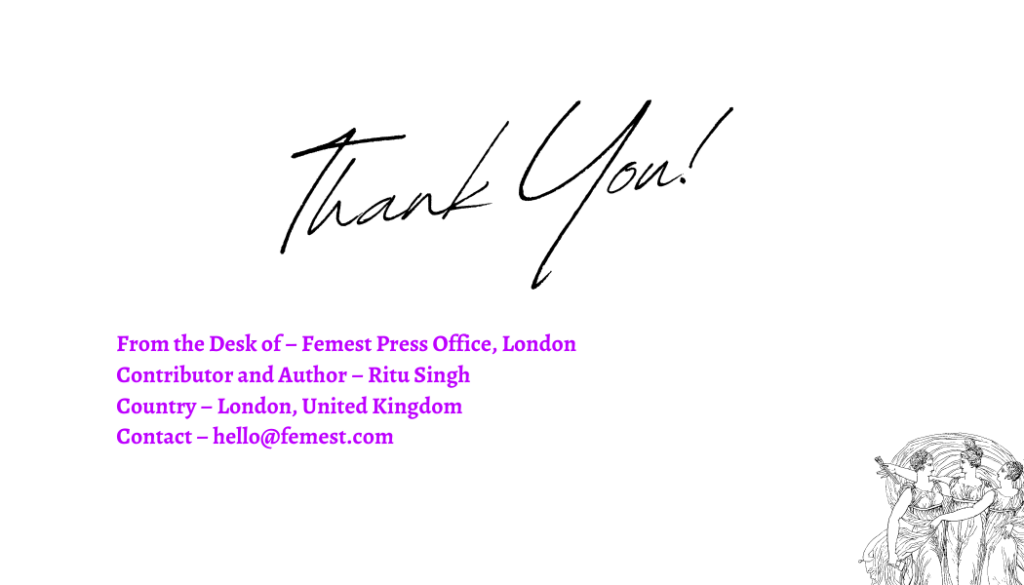Lisa’s exploration of epigenetics and emotional DNA reveals how hidden ancestral influences shape fears, beliefs, and success. In this exclusive interview, she shares how breaking free from inherited limitations can unlock personal and global transformation.
Lisa, could you share a bit about your journey and what led you to focus on epigenetics and emotional DNA?
My journey into epigenetics began with my own struggles. For years, I felt held back by patterns I couldn’t explain—fears, insecurities, and even physical symptoms that didn’t seem connected to my life experiences. It wasn’t until I discovered the concept of inherited trauma that everything clicked.
I realized these patterns weren’t personal failings; they were passed down through my lineage. This discovery transformed my life and sparked my passion for helping others uncover and release their inherited emotional DNA.
I’ve since dedicated my career to empowering individuals to understand how these hidden forces influence their lives, helping them break free and achieve the success they desire.

What inspired you to found Epigenetics for Global Impact and create the Soul Awakening Method™?
I founded Epigenetics for Global Impact to share the life-changing tools I wish I’d had earlier. The Soul Awakening Method™ was born out of years of working with clients who were stuck despite doing “all the right things.”I realized that clearing inherited emotional patterns was the missing piece.
My method combines science and intuitive guidance to create breakthroughs that ripple beyond the individual to their families, communities, and even future generations. This ripple effect is what inspires me most about my work; it’s not just about personal growth—it’s about global impact.
How would you explain the concept of emotional DNA to someone unfamiliar with epigenetics?
Emotional DNA is an invisible blueprint we inherit from our ancestors, carrying more than just physical traits. It includes emotional patterns—fears, beliefs, and coping mechanisms shaped by their experiences.
Epigenetics, the science of how behaviors and environments affect gene expression, reveals that events like trauma leave biological markers in our DNA. Research on Holocaust survivors found that their descendants showed higher sensitivity to stress and an increased risk of anxiety and depression linked to the trauma their ancestors endured.
But here’s the empowering part- these patterns, while inherited, are not permanent. We have the ability to identify and release them, transforming what once limited us into opportunities for growth. Understanding emotional DNA isn’t just about uncovering the past—it’s about rewriting the narrative for ourselves and the generations to come.
What are some common signs that someone might be influenced by inherited emotional patterns?
Some signs include recurring struggles that feel unexplainable, like imposter syndrome, fear of failure, procrastination, or overworking. For example, if someone hesitates to charge their worth, it could stem from an inherited scarcity mindset.
If they feel “never enough,” it might reflect ancestral experiences of survival where perfectionism was necessary. Recognizing these patterns is the first step to releasing them. By understanding where these feelings originate, individuals can finally move forward without the weight of inherited fears holding them back.

Can you share a success story where addressing emotional DNA transformed someone’s life or career?
One client, a successful entrepreneur, struggled with imposter syndrome despite years of achievements. She’d freeze whenever opportunities required her to step into the spotlight.
Together, we uncovered an inherited fear of visibility, rooted in her grandmother’s experience of having to hide during wartime to stay safe.
Once we cleared this pattern, she saw her business grow exponentially as she showed up more confidently and authentically. Stories like these remind us of the profound freedom that comes from addressing emotional DNA.
Why do you believe traditional personal development approaches often overlook inherited emotional patterns?
Most personal development focuses on mindset and behaviors, which are vital but don’t address the deeper layers of influence. Inherited emotional patterns operate at a subconscious level, beyond what mindset work can access.
If someone doesn’t recognize these patterns, they may feel stuck or believe they’re the problem when, in reality, the blocks aren’t entirely their own. This is why addressing emotional DNA is a necessary addition to traditional approaches.
How do you help clients recognize and release these inherited emotional patterns through your work?
I guide clients to identify recurring struggles and explore their roots in family history. Using the Soul Awakening Method™, I guide my clients to release these patterns at a cellular level.
The process creates space for new beliefs and behaviors to emerge, aligning clients with their true potential. The shift is often life-changing—not just for the individual but for those around them, as their growth inspires and uplifts others.
What advice would you give to someone who feels stuck due to recurring struggles they can’t explain?
First, know that it’s not your fault. These patterns often stem from survival mechanisms passed down through generations.
Start by reflecting on your family history. Are there shared struggles or fears that might connect to what you’re experiencing? Healing begins with awareness, and even small steps toward recognizing these influences can lead to significant breakthroughs over time.

Your work emphasizes healing for both personal and global impact. How do you see this ripple effect influencing future generations?
When we heal ourselves, we’re not just transforming our lives—we’re breaking generational cycles. This creates a ripple effect that impacts our families, communities, and beyond.
Future generations are freed from carrying the weight of inherited struggles, allowing them to thrive without the same limitations. This ripple effect is how we create meaningful change in the world.
Every individual who embarks on this journey of healing contributes to a collective transformation that benefits us all.
How does understanding emotional DNA contribute to breaking barriers for women in leadership and entrepreneurship?
Women often face inherited patterns tied to visibility, self-worth, or the fear of “taking too much.” These patterns can lead to undercharging, overworking, or self-doubt. Understanding emotional DNA helps women recognize these influences as inherited, not intrinsic.
Clearing these patterns allows them to step into leadership roles with confidence and authenticity, breaking barriers not just for themselves but for others as well. This is especially powerful in a world where women’s voices and leadership are needed more than ever.

How does emotional DNA help high achievers overcome challenges like imposter syndrome or fear of failure?
High achievers often feel like their struggles are personal flaws, but many of these challenges—like imposter syndrome—are echoes of ancestral fears.
By addressing these inherited patterns, high achievers can reframe their mindset, release these blocks, and access greater levels of success with ease. Success becomes less about struggle and more about alignment with who they truly are.
You’re a co-author of Women Gone Wild: The Leadership Edition. Can you share what readers can expect from your contribution to the book?
My chapter focuses on the power of emotional DNA in leadership. I share personal stories and insights to help readers recognize how inherited patterns may be influencing their leadership style and decision-making.
It’s an invitation to embrace healing as a way to step into their fullest potential, both personally and professionally. This message resonates deeply with women who aspire to lead from a place of authenticity and strength.

What message do you hope to convey through this book, especially to women aspiring to make bold impacts?
I want women to know they have the power to rewrite their stories. The patterns that hold us back don’t have to define us.
By releasing inherited limitations, we create space to lead with confidence, authenticity, and purpose. My hope is that this book inspires women to embrace their potential and lead in a way that feels true to who they are.
What upcoming projects or initiatives are you most excited about?
I’m incredibly excited about the possibility of delivering another TEDx talk, diving deeper into the powerful connection between emotional DNA and personal transformation.
Expanding my reach through inspiring speaking engagements and growing my masterclasses also fills me with energy, as I continue helping others uncover inherited patterns and step into greater alignment and ease.
This is a season of limitless possibility, and I’m eager to witness the profound impact this work will have on even more lives.
Lisa’s journey proves that we’re not bound by the past. By releasing inherited patterns, we step into our true potential—creating change not just for ourselves, but for future generations.

